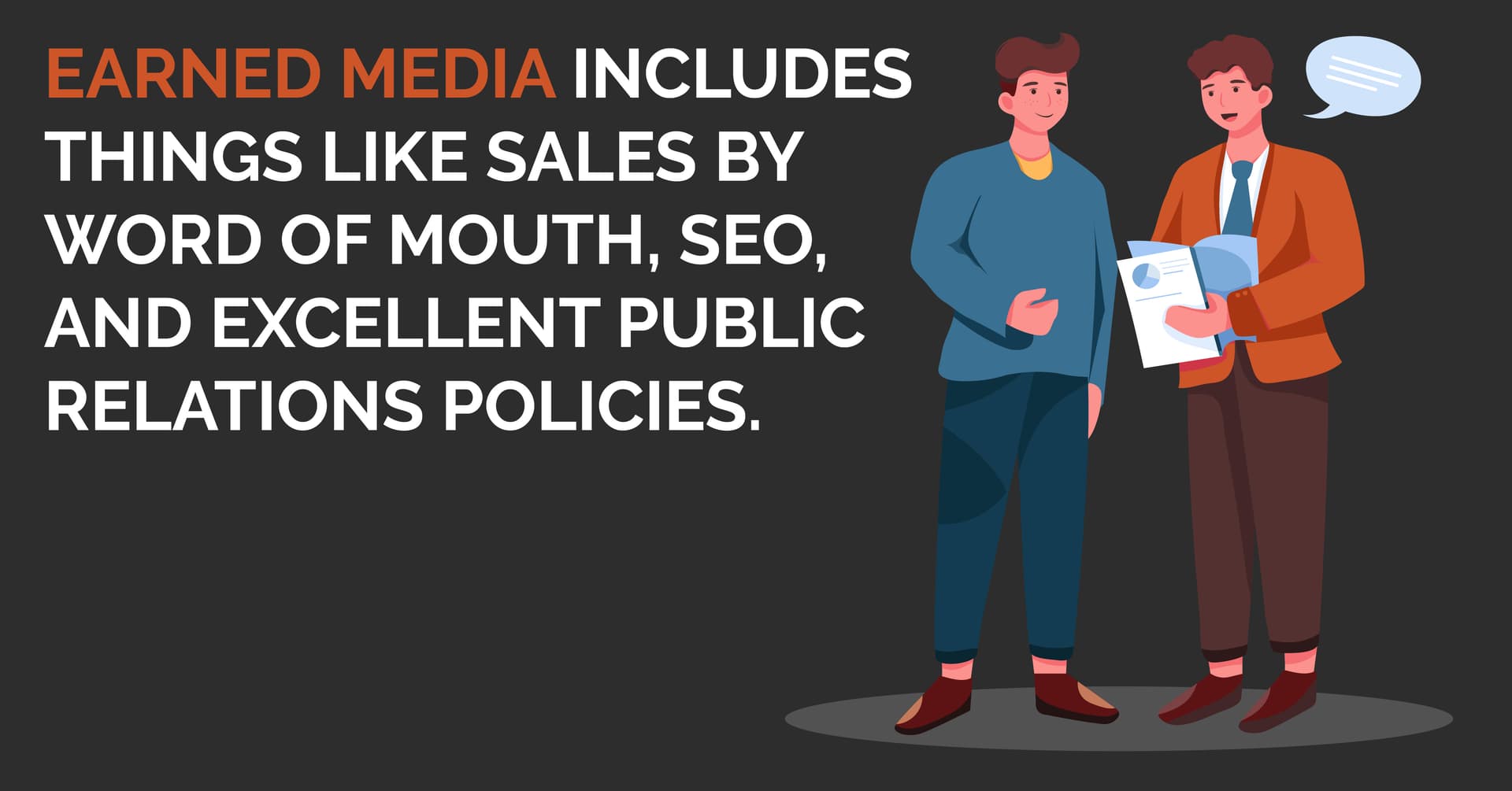Digital Media
Historically speaking, digital media is any type of media that has encoding in a machine-readable format. This holds true today, as the digital revolution has provided a myriad of products and services, all based on coding information to machines.

Historically speaking, digital media is any type of media that has encoding in a machine-readable format. This holds true today, as the digital revolution has provided a myriad of products and services, all based on coding information to machines. Currently, there are so many different types of digital media that it would be almost impossible to list them all. However, some common examples include:
Software
Video Games
Digital Images/Video
Digital Music
Websites
Social Media
These types of media contrast with print media. Obviously print media does not require coding for production. Typical print media sources include magazines, books, and newspapers.
History of Digital Media
Dating back to the 1800’s, the first recognized code and machine information was conceptualized by Charles Babbage. Mathematicians quickly picked up on Babbage’s first attempts, and over the next 100 years eventually developed personal computers. Beginning in the 1960’s, the “Digital Revolution” began to occur, where increases in computing power created the personal computer market. Between the invention of the World Wide Web, and the expansion of computers into homes across the world, the Digital Revolution was born.
Traditional print media saw the tide turn away from its industries, as information technology exploded into the consumer marketplace. In 1986, approximately 1% of the world’s information was stored digitally; contrast this with the fact that in 2007, 94% of all information was stored digitally. As the world has shifted towards digital storage, it has also increased digital media production and consumption. Today’s business marketing is almost exclusively with a focus around different types of digital media.
What are the 3 Types of Digital Media?
Now that you have some context for how the explosion of digital media in the 20th century, it’s important to understand utilization of current marketing techniques for large and small business owners alike. There are three common types of digital media.
Paid Media
Paid media simply refers to external, outbound media that involves a paid placement. There are many different subcategories, but most current business owners are leveraging either PPC (pay-per-click) advertising or branded content. In the PPC world, one can serve ads through major search engines (Google, Bing, etc.); every time someone clicks on your ad, you pay a small fee. In exchange for this fee, your website appears at the top of search results for keywords that you have bid on. This guarantees higher traffic, conversions, and thus revenue. Other forms of paid media include radio spots, television advertisements, and social media. With paid media, one can target specific segments of users that fall into the typical consumption category of your customers.

Owned Media
Owned media is classified as any digital media that of which the company is in direct control. This includes things like:
Company website
Social media channels (Facebook profile, Twitter account)
Blog
Undoubtedly, a distinct advantage is price. Paid media will produce results quickly, but it will also cost you a fair amount of capital. This capital requires continual reinvestment into paid media channels, whereas owned media only requires the upfront cost. Once your website is built, or your Instagram account is created, it will continue to produce customer attention and sales over time with minimal continued investment. There are occasional costs, with upgrades, maintenance, and more. However, overall it is less of a continual investment of capital. Consider investing heavily into owned media if you are looking to produce results over the long-term.

Earned Media
Last, there is earned media. Many people confuse earned media with owned media, as they do have some similarities. However, this type of media is from the customer base. This could look like sales by word of mouth, SEO, and excellent public relations policies. Thus, the longer a company operates ethically with sound products/services, the more trust they will build in the marketplace. Over time, customers share their experiences with others (especially through social media). By maintaining business practices that align with customer expectations, a company is able to create essentially free marketing for themselves.

What Type of Digital Media Should I Be Using?
In short, there is no correct answer here. While there are pros and cons to each digital media method, any business-owner will likely utilize a three-pronged approach. Clearly, where one invests their time and money really depends on what goals they have for the business. Do you need quick, short-term wins and have the money to make it happen? If so, paid media is likely the route to go. Or perhaps you are looking to create a vision, and a brand that will grow slowly over time with minimal investment needed upfront? Owned media will likely be your focus.
If you’re a business owner confused on what types of media you should be creating for your brand, feel free to contact us at Eightfold Technology. We specialize in content marketing production across all types of digital media, and are always happy to help!